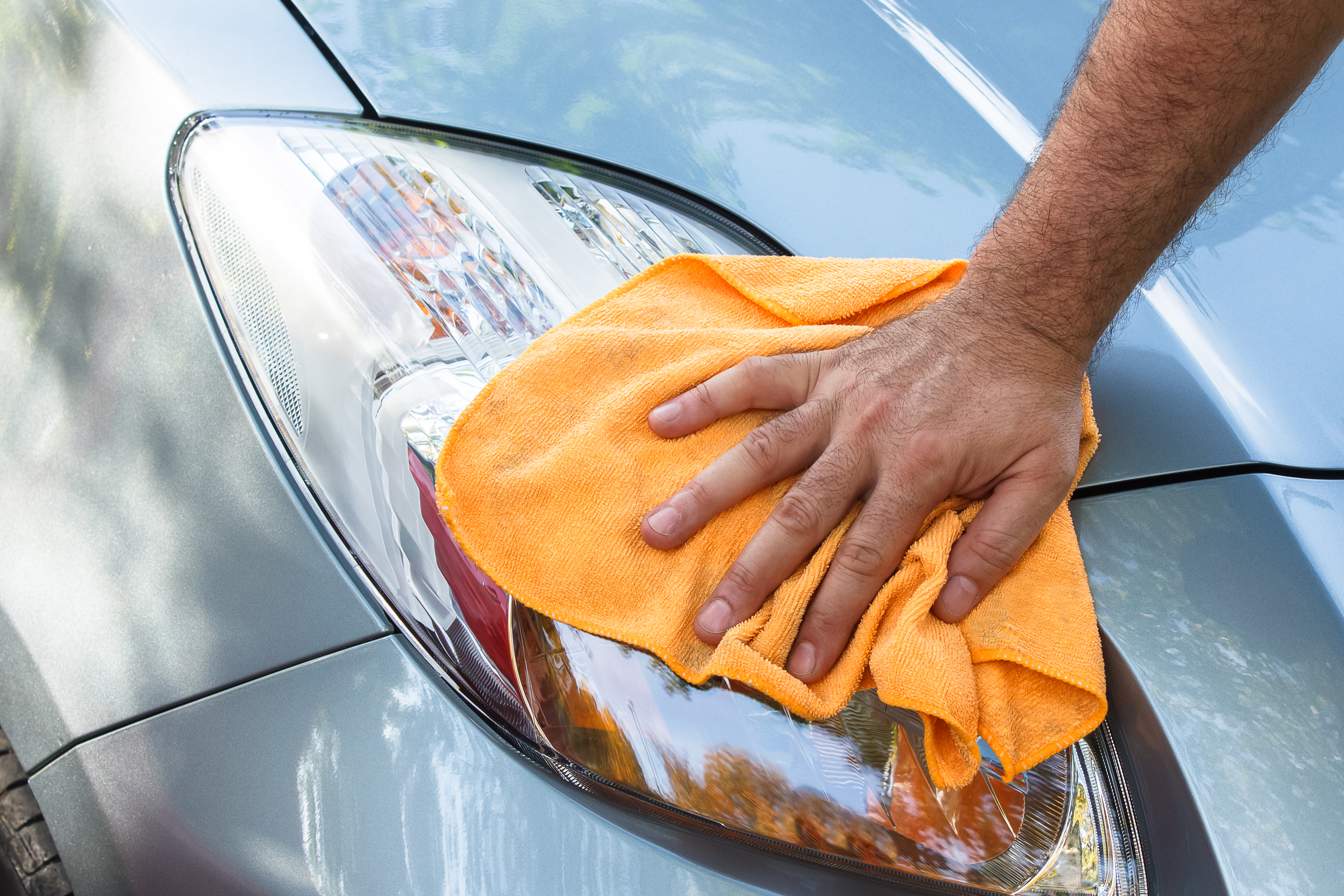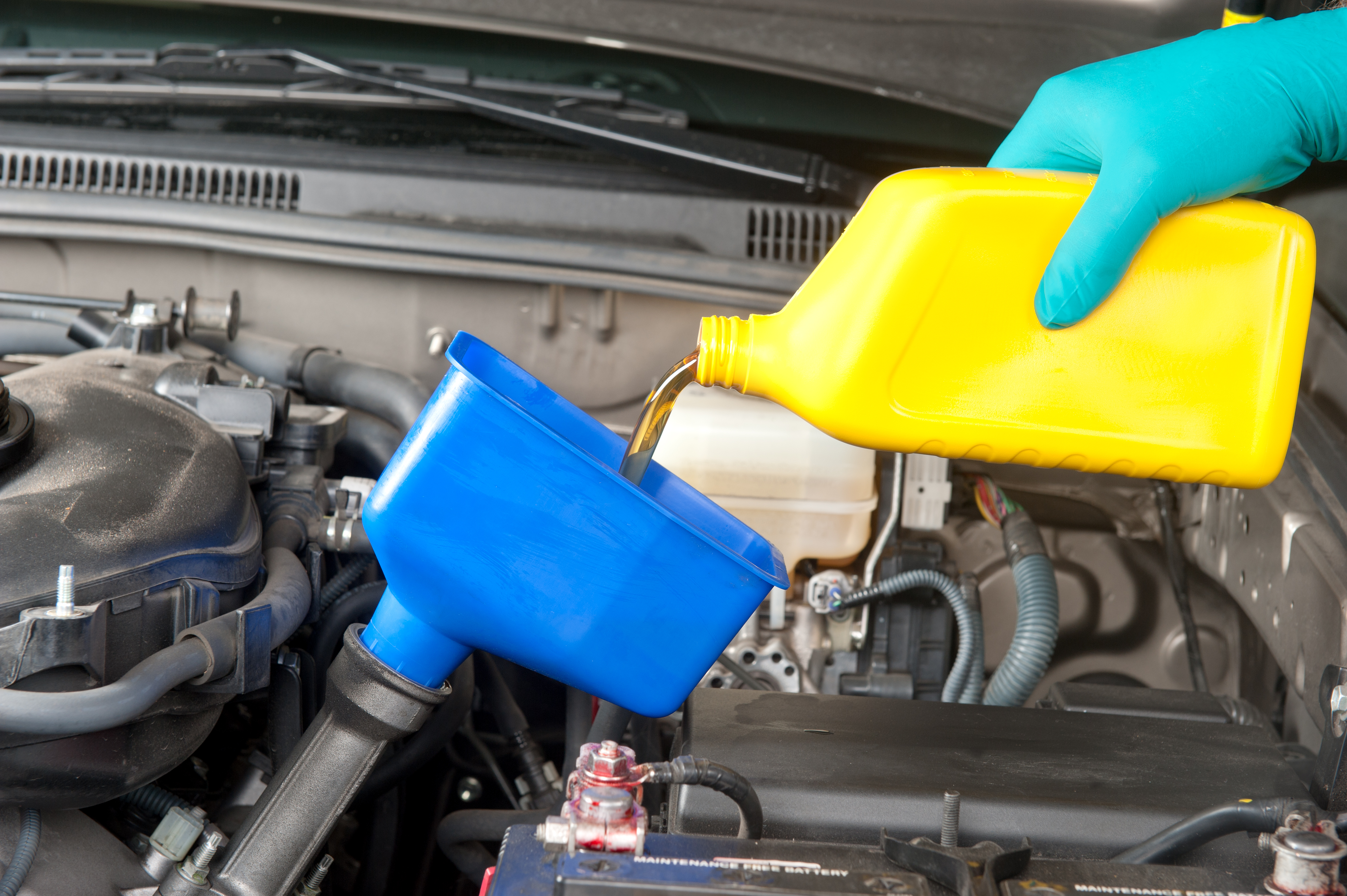History of the Jaguar MK2
Origins
The 1951 to 1956 Jaguar MK VII was a beautiful car, but it was huge with a 120-inch wheelbase and 196.5-inch body length. It weighed a monstrous 3,900 lbs. It took up a great deal of the narrow British roads and had a tendency to eat Morris Minors and Austin’s for lunch if they got in the way. In 1955, Jaguar offered what would become an interim model in the form of the MK1, which had a more reasonable 107.5-inch wheelbase and 181-inch length. Jaguar produced the MK1 from 1955 to 1959, before deciding that it needed some refinements.
Enter MK2
The MK1’s problem was that it was over-engineered. The body was thick, the window space too small and the interior was about as inviting as a cave. Jaguar kept the basic style but replaced the thick doorframes with light-chromed frames and enlarged the glass area to brighten the cabin. The previous versions’ rear ends tended to skitter under some road conditions, so engineers widened the rear track and revamped the rear leaf springs. All-wheel disc brakes, virtually unknown on American production cars, were standard equipment. The dashboard featured full instrumentation: ammeter, speedometer, oil pressure, water temperature and tachometer.
Under the Bonnet
Three engine options were available on the MK2. A 2.4-liter in-line six-cylinder version featured a 3.27-inch bore and 3.01-inch stroke. The engine had an 8-to-1 compression ratio and twin carbs to generate 120 horsepower and 144 foot-pounds of torque. A 3.4-liter straight-six had a 3.27-inch bore and 4.17-inch stroke, an 8-to-1 compression ratio and twin carbs as well. The engine developed 210 horsepower and 215 foot-pounds of torque. A 3.8-liter straight-six wielded 220 horsepower and 245 foot-pounds torque and featured the same compression ratio and carb set up as the other engines. The 3.4-liter version could reach the quarter mile in 19.1 seconds. The 3.8-liter clocked zero to 60 mph in 10 seconds. The 3.4- and 3.8-liters had a top speed of 120 mph. All three engines featured curved or hemispherical ports similar to Chrysler’s Hemi engines. A four-speed manual transmission matched the three engines.
Dimensions and Chassis Specs
Jaguar placed the MK2 on the MK1’s 107.5-inch wheelbase. The MK2 measured 180.7 inches long, 66.7 inches wide and 57.5 inches tall. The frame cleared the pavement by 7 inches. The MK2 was well under the old MK VII’s curbside weight, tipping the scales at 3,192 lbs. The fuel tank held 14.4 gallons. The front suspension consisted of independent system coil springs and the rear had the leaf springs.
Quick Money Savings Tip For Safe Drivers
There are dozens of auto insurers – Which one will give you the best rate?
Step 1) Choose your vehicle make below.
Step 2) On the next page, complete the 4 minute questionnaire, and you'll have the opportunity compare the best rates in your area.
Step 3) Keep more money and possibly save hundreds!










